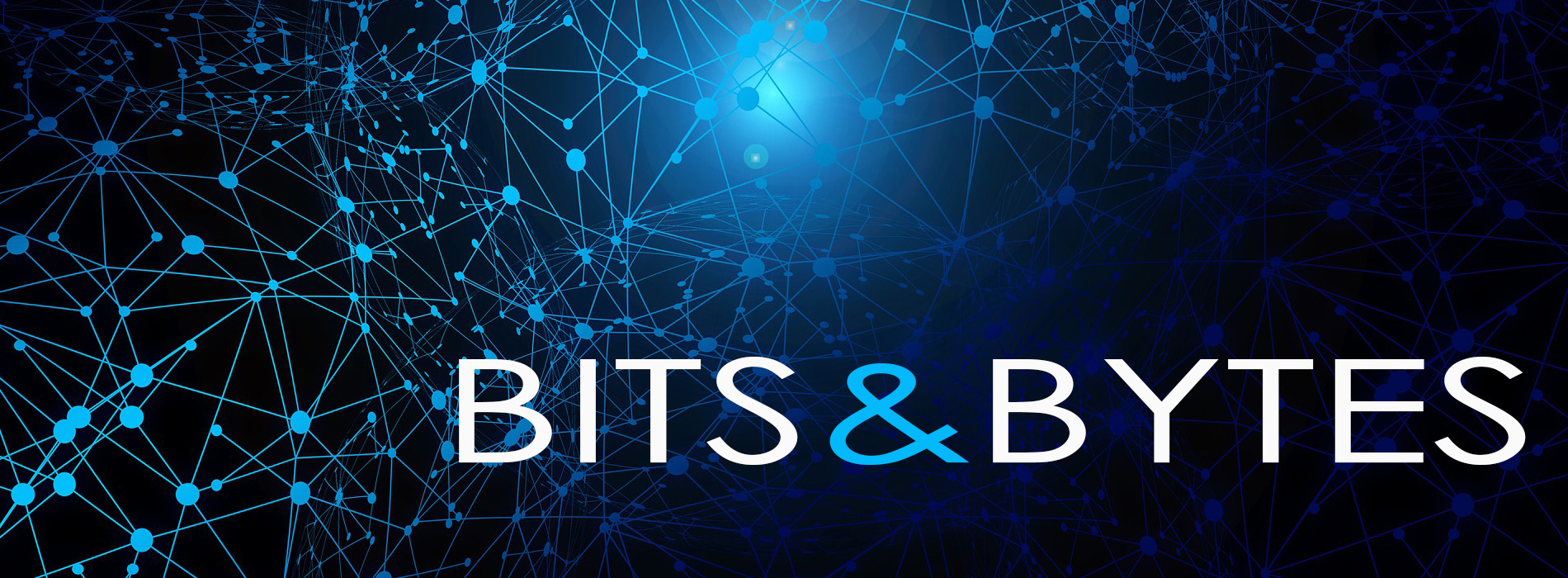
BITS & BYTES
BITS & BYTES is a monthly bulletin presented by TRAIL and its partners - Allen & Gledhill, Drew & Napier, Rajah & Tann, and WongPartnership – that showcases thought leadership in law and technology. It will cover how technology is used in or impacts different areas of law such as commercial law, intellectual property, banking and finance, tort law, privacy and data protection, and cybersecurity. The bulletin will feature commentaries on a particular area of law, technological development or legal policy, case notes and practice notes.
Articles From This Month's Issue

CRYPTOCURRENCY & NFTs
By Adrian Ang and Alexander Fong (Allen & Gledhill LLP)
This is the first of a two-part article which focuses on regulatory developments in Singapore specific to “cryptocurrencies”, including recent proposals by the Monetary Authority of Singapore relating to customer protection requirements and the integrity of the digital payment token market, as well as proposals in relation to the stablecoin regulatory framework in Singapore, and the operation of the Financial Services and Markets Act 2022.
CRYPTOCURRENCY & NFTs
By Wendy Lin and Leow Jiamin (WongPartnership LLP)
The number of crypto-related fraud and asset recovery disputes is on the rise. While successfully obtaining injunctions and/or court orders are important milestones for any claimant in a crypto-related dispute, it is only half the battle won in terms of asset recovery. The practical question for any claimant would often be this: are such injunctions and/or orders effective and can they be realistically enforced? This article discusses various issues and strategies that claimants should consider (often from the get-go) to tackle common but sticky obstacles faced in enforcement of injunctions and orders relating to cryptoassets.
INTELLECTUAL PROPERTY
By Professor David Tan (NUS Law)
Generative AI applications such as ChatGPT and Stable Diffusion have attracted a lot of public attention and media coverage in the past twelve months. A simple human command can result in the generation of literary and artistic works, but does copyright actually subsist in these AI-generated output?

